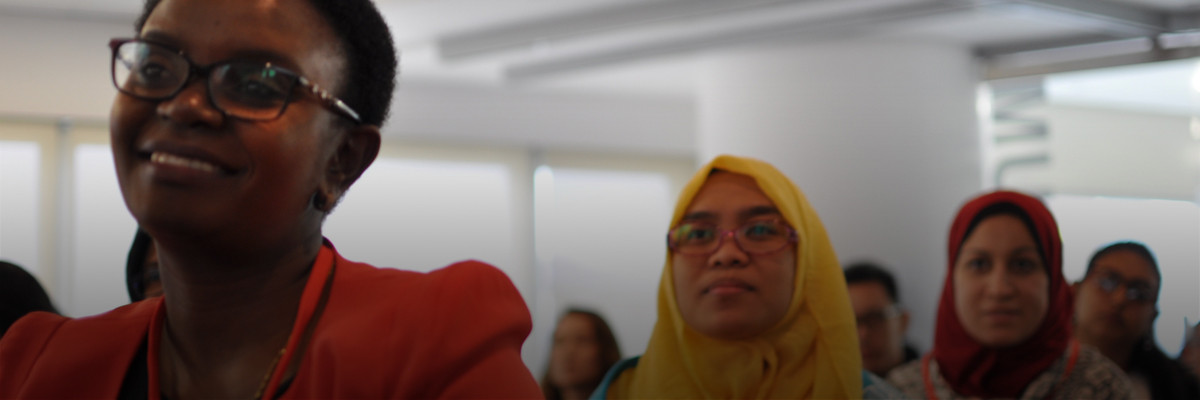
Participants at the Global HERfinance Convening 2015. Photo credit: BSR HERproject staff
Authors
-
Lauren Shields
Former Director, BSR
Last month at the HERfinance Convening in Hong Kong, we asked leading experts on financial inclusion to tackle the issue of product design for women, which is an urgent need. Women make up the majority of the working poor and the unbanked worldwide. Prioritizing women’s financial inclusion is a lever for achieving inclusive growth because women tend to invest more of their income in families and societies.
The opportunity for financial services companies is equally compelling: One billion women around the world remain unbanked, and they are seeking—but not often finding—financial solutions.
Despite the clear case for targeting low-income women, too often, financial products are designed for urban-based, higher-income consumers or for governments seeking more effective channels for disbursing social payments. The products are rarely designed with low-income women in mind—such as a female smallholder farmer in a remote area, or a factory worker who has never used an ATM.
During the HERfinance Convening, four best practices emerged to guide companies concerned with designing financial products for low-income women:
- Take a client-centered approach. Developing products for women should begin with understanding their wants and needs, such as their priorities for their money. This step is critical to designing products that women can and will access. For example, women may want to focus on saving for expenses like school fees, rather than turning to credit, which is the traditional emphasis of microfinance. Conducting consumer research segmented by gender is a good place to start. CGAP, a global partnership housed at the World Bank, is using a combination of quantitative indicators and qualitative “Smallholder Diaries” to enhance understanding of the financial priorities of smallholder farmers. A similar approach could be applied to women consumers to ensure a holistic view of women and their unique financial needs.
- Improve current solutions. Financial products should incorporate lessons from the existing products and solutions that women use, and generate additional value. A Convening participant from Women’s World Banking described working with Diamond Bank in Nigeria to develop a savings product for female market traders. The accounts use banking agents to collect savings directly at market stalls. This service is as convenient and familiar as market traders’ previous practice of using informal market collectors, but the banking agent service offers additional security.
- Think digital. Mobile financial services are increasingly gaining traction in the financial inclusion space because they overcome physical and social barriers that traditional banks cannot. For instance, more women have access to and ownership of a mobile phone than a bank account. A panelist from the Bill and Melinda Gates Foundation underscored that mobile services can include lower costs per transaction; competitive combination of services; user interface that allows for self-service; and registration that is simple, fast, and doesn’t require visiting a distant bank. Greater investment by companies in mobile banking infrastructure, networks, and business models translates to greater financial inclusion.
- Collaborate with government to achieve scale. A panelist from MicroSave emphasized the importance of taking pilots to greater scale by working with governments and regulators. Know Your Customer (KYC) requirements, for instance, are identification requirements for opening an account and often create barriers for women, who often lack proper documentation. By engaging with local regulators, companies can unlock access to women at greater scale.
The promising financial inclusion initiatives highlighted above require cross-sector support to thrive and expand, and HERfinance Convening participants noted that businesses across sectors have a role to play in driving these innovations. Improved financial products are a natural complement to financial education, which is at the center of HERfinance, and increasing access to these products is a priority for our program. As we work to build partnerships with business and financial inclusion experts, we hope that companies will recognize the opportunity to understand the needs, aspirations, and motivations of low-income women when designing products and services.
Let’s talk about how BSR can help you to transform your business and achieve your sustainability goals.